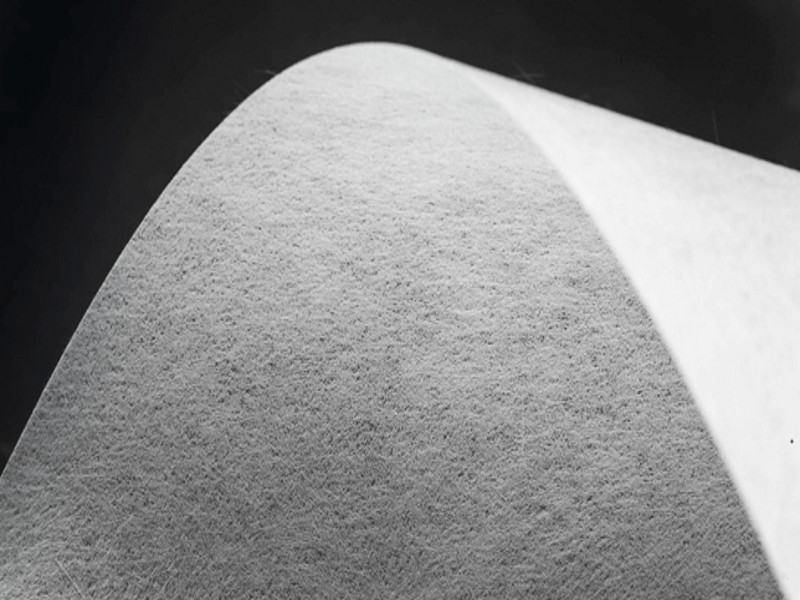
We caught up with Phil Mango, author of Smithers’ latest nonwovens report,
The Future of Hygiene Components to 2027, about the general outlook for the industry.
Phil Mango has spent almost 40 years in the nonwovens industry, with a wide range of areas of expertise – from applications management for the global leader in nonwoven binders to technology director for the world’s largest airlaid producer. He also founded his own nonwovens company. He entered the consulting field in 2003 and has authored more than 35 reports for Smithers.
What types of hygiene components are covered in this report?
The following hygiene components are discussed in detail in this report: topsheet, backsheet, film, acquisition/distribution layer, absorbent core, film, secondary topsheet, leg gathers, core wrap, waist bands and stretch ears.
How much of the hygiene components supply chain is discussed in this report?
The entire supply chain from raw materials to end use is discussed in this report, with special emphasis on raw materials for hygiene components (for example, polyethylene film, polyester fibre), hygiene components themselves (for example, topsheet, backsheet) and end use products (for example, diapers or nappies, feminine hygiene ultrathin pads, adult incontinence products). Nonwovens, films and composites used in hygiene components are also discussed.
What’s new or projected for the global hygiene components market through 2027?
One new trend in the hygiene components market is more effort is being applied to address sustainability concerns, whether through waste reduction, renewable or biobased materials, biodegradable or compostable materials or recycling.
Another new trend is the growing use of e-commerce and e-media in sales of hygiene products. Some estimates have diaper or nappy sales in 2022 at up to 30% through e-commerce. Most major hygiene products retailers and brand owners are heavily involved in both e-commerce and e-media today and major growth is expected through 2027.
How are nonwovens, films and composites addressed in this report?
For each hygiene component, its structure is analysed and the individual materials used to construct the component are discussed. For example, in absorbent core, airlaid nonwovens are discussed; for backsheet, polyethylene and polypropylene film are discussed. The hygiene component is the central product for this report, but the entire supply chain is discussed in some detail.

